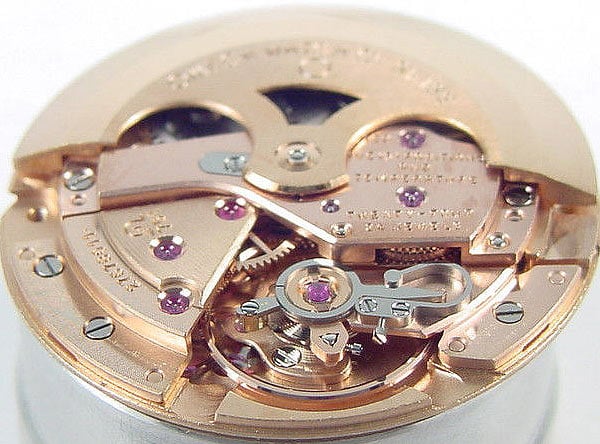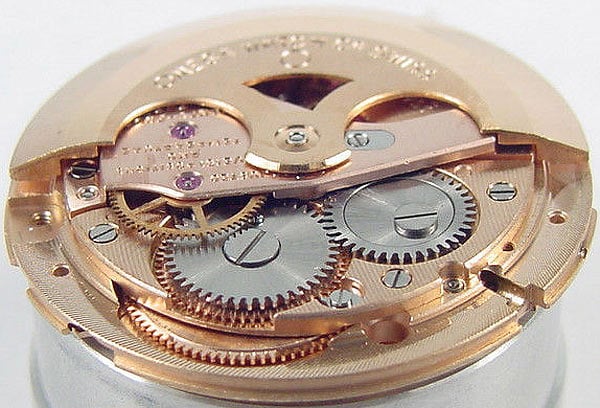- Posts
- 31
- Likes
- 13
Andy F
·There is nothing (in my opinion) as attractive as the rose gold colored plating on an early Omega movement. Conversely, there is nothing as sad as plating that is tarnished or polished. Does anyone have a process they use to properly care for the plating? Are certain solvents to be avoided? Is there a way to improve on the appearance of a tarnished movement?


